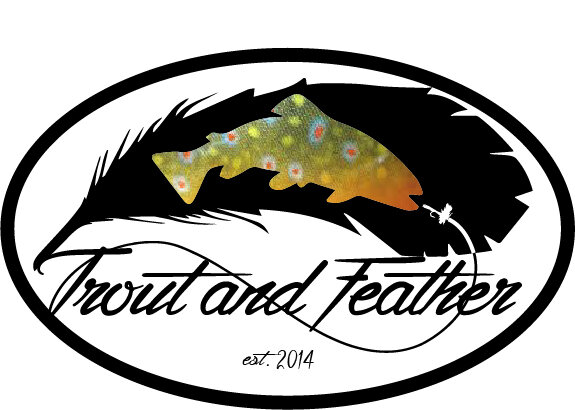“On my return I found the party at camp; they had butchered the buffalo and brought in some more meat as I had directed. Goodrich had caught half a dozen very fine trout and a number of both species of the white fish. These trout are from sixteen to twenty three inches in length, precisely resemble our mountain or speckled trout in form and the position of their fins, but the specks on these are of a deep black instead of the red or gold color of those common to the U.' States. These are furnished long sharp teeth on the pallet and tongue and have generally a small dash of red on each side behind the front ventral fins; the flesh is of a pale yellowish red, or when in good order, of a rose red.” Meriwether Lewis, 13 June, 1805
While other explorers and generations of native peoples had encountered cutthroat trout, Lewis and Clark’s notes from their expedition were profound enough that later taxonomists would give them the name Salmo clarkii. In the excerpt from their journals above, pertinent to anglers is Lewis’ contrast of these new trout to “those common to the U.’ States.” Even a cursory observation demonstrated that cutthroats differed from the well-known brook trout.
Read moreLet’s face it: We’ve become all too comfortable sitting in front of our laptop in our sweatpants. Even prior to the pandemic, YouTube and other streaming options have spoiled us. Whether it be business meetings, online classes, or fly tying demonstrations, our commitment level has become commensurate with the quality of our Bluetooth headset.
Snap out of it, people. Don’t get sucked into this dystopian cyber-reality. Power down your screen, put on a pair of chinos, and get out with other real people. Someone tying flies, and a few dozen other interested anglers, for example.
“Why?” you may ask. “I can pause online videos. And they’re free. And, as you mentioned, sweatpants.”
Listen. I am not discounting the value of all of those. They have their times and places. But there is something (somethings, actually) that come with a live fly tying demonstration.
Read moreLet me begin by saying that I have never fished for steelhead in the Pacific Northwest. For the pedantic angler, that would mean that I have never fished for steelhead. For what is a steelhead? It is “just” oncorhynchus mykiss, with a little taxonomic tail of irideus to designate that they live the anadromous life. They spend the bulk of their days getting strong and getting fed in the oceans, and then they move inland to spawn.
I have fished for adfluvial rainbow trout. These big, strong ‘bows summer in depths of the Great Lakes before running into tributaries to spawn and/or go through the spawning motions. But truth is truth, and adfluvial is not anadromous.
Still, I call them steelhead. And no one in their right mind is confused when I say I fish for them in Pennsylvania.
Read moreI was past the point where I could hear cars or people.
As a general rule, the pools and deep runs that are within a short walk from the parking lot get fished hard. The water looks great. It seems like it might be productive. Styrofoam worm cups and Bud Lite cans are often serve as the fishing report. Only five or ten minutes up into the mountains and things change. The literal quiet is accompanied by a sense of quiet. The trails get narrower. The signs of people disappear. Then, there are fish.
Read more